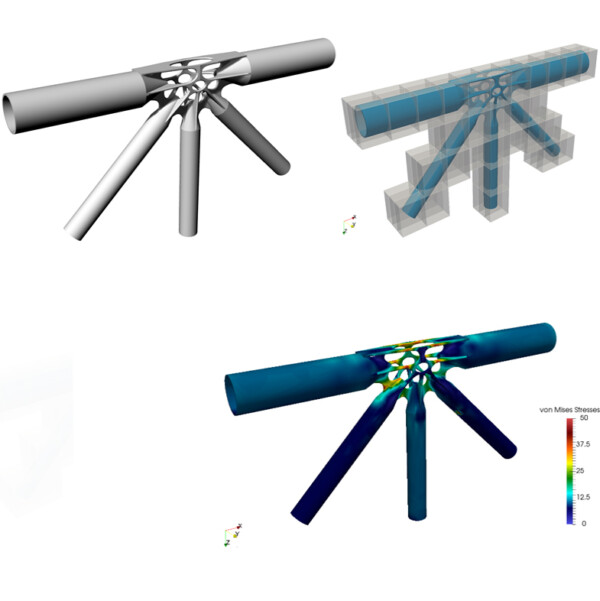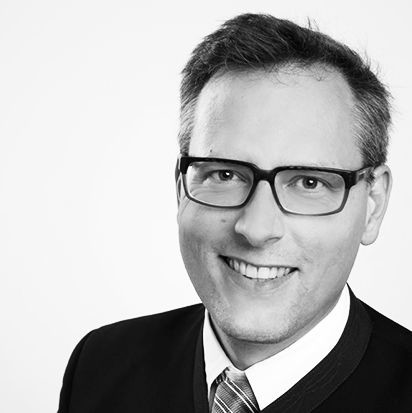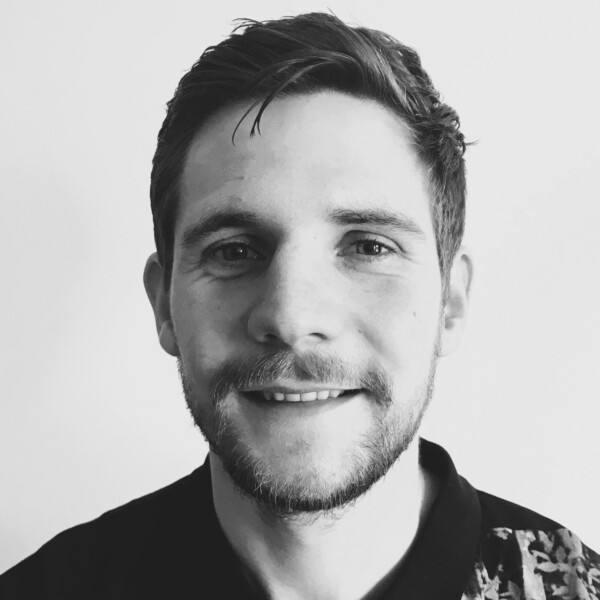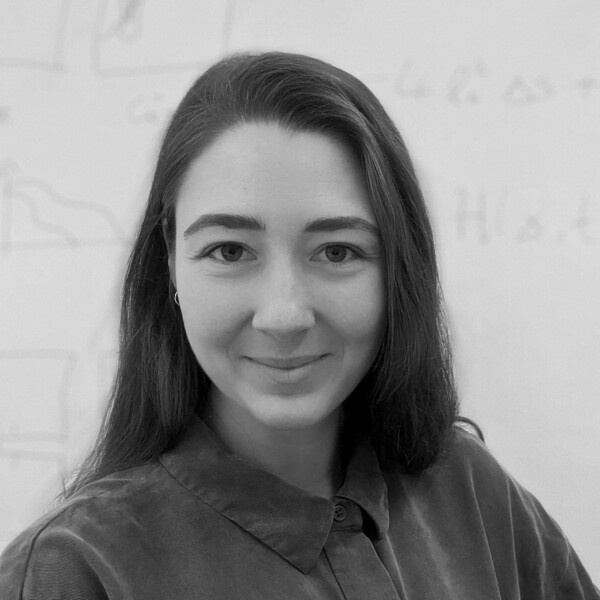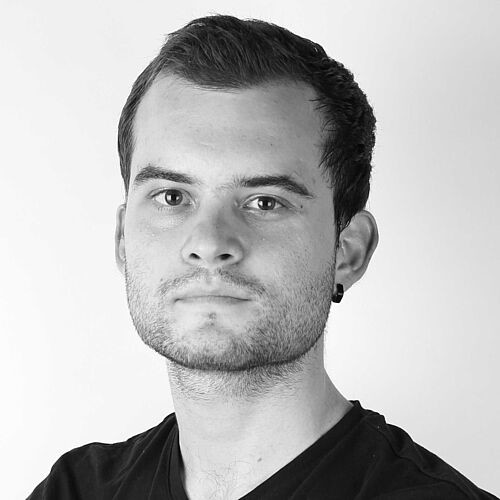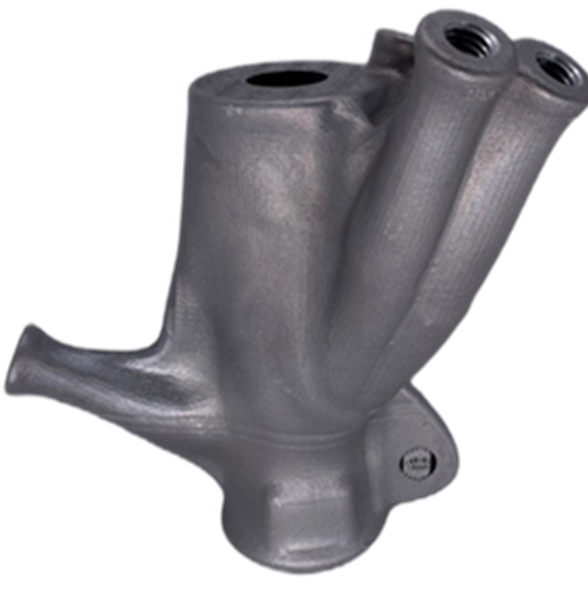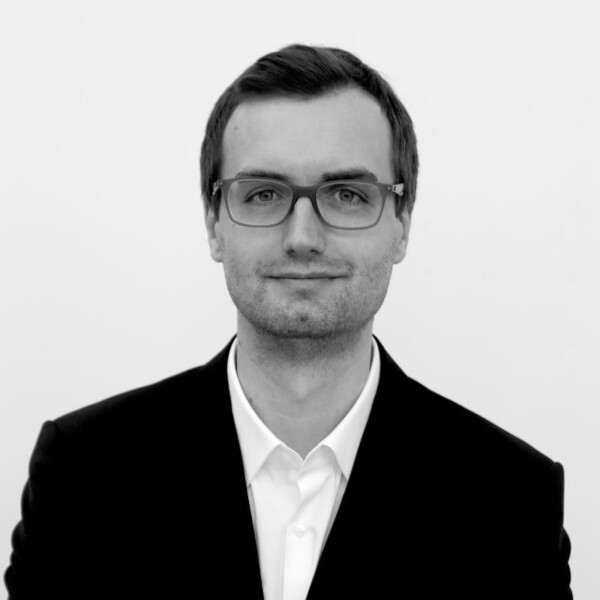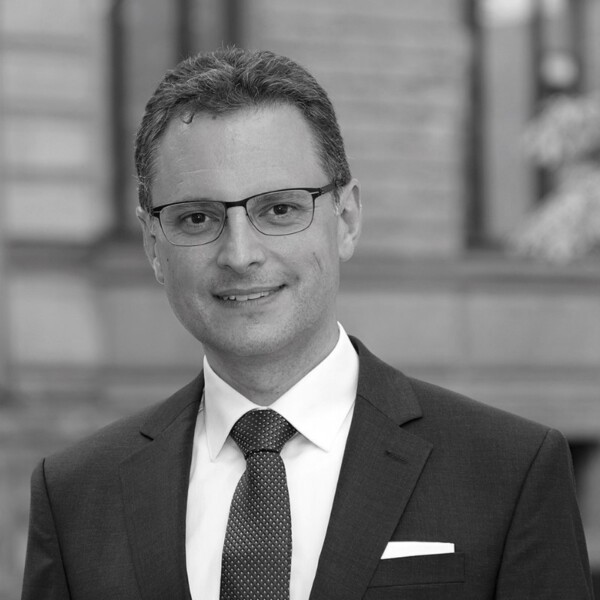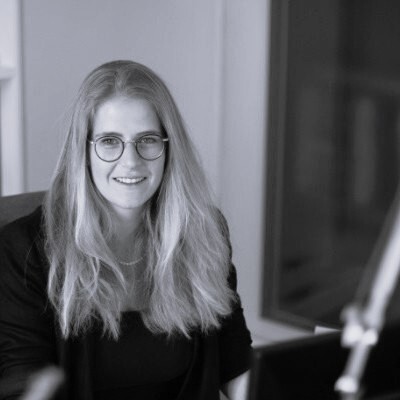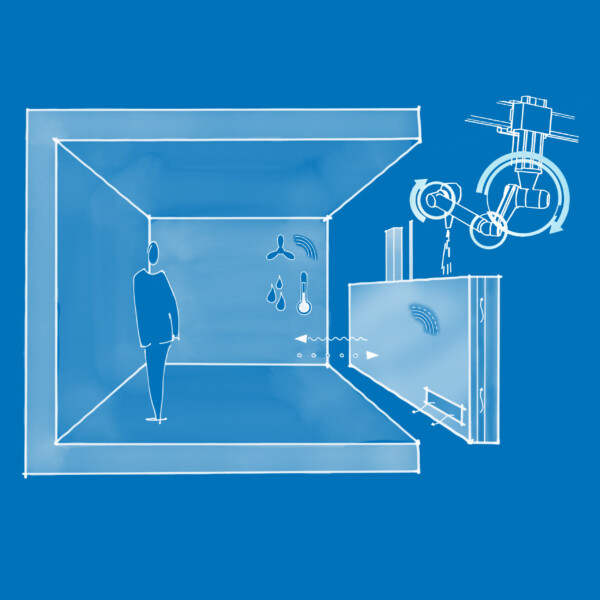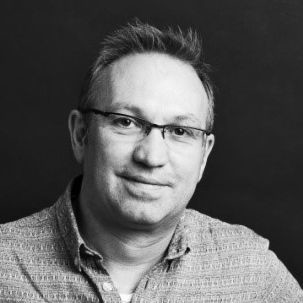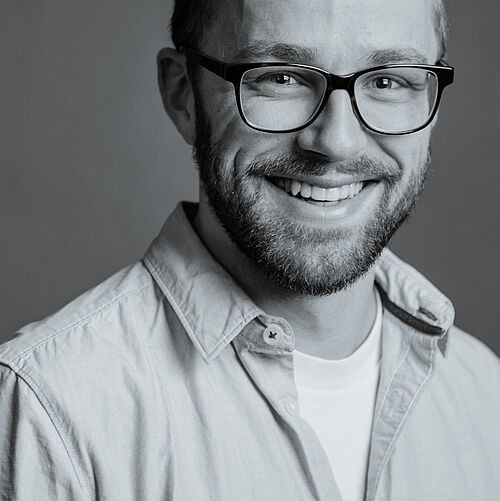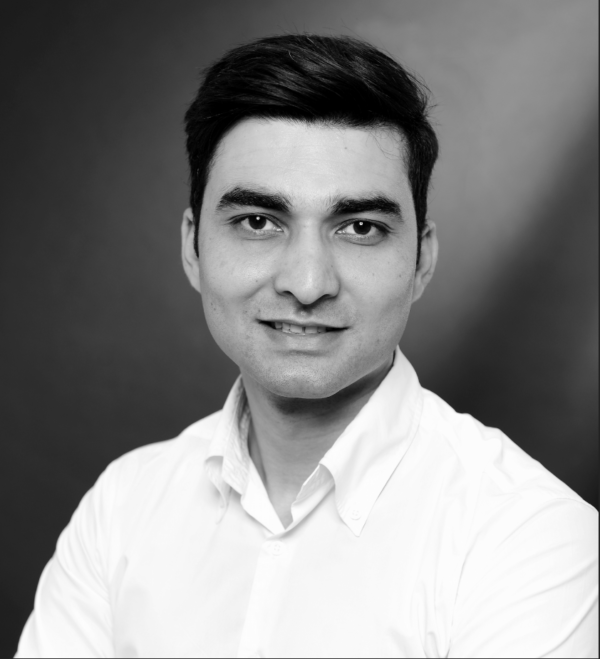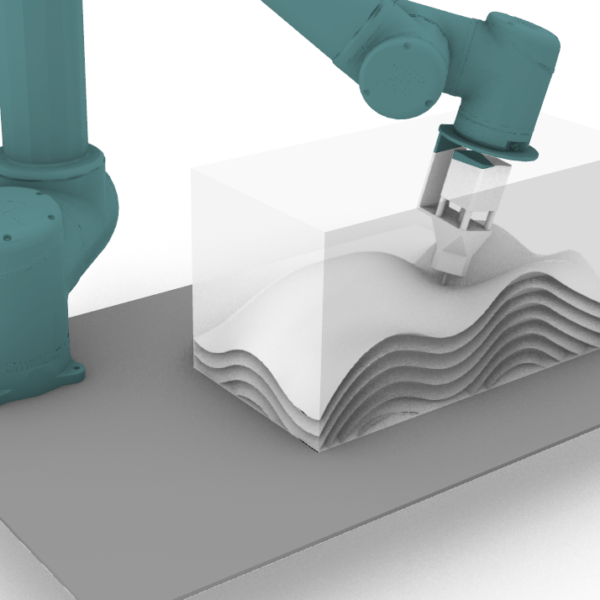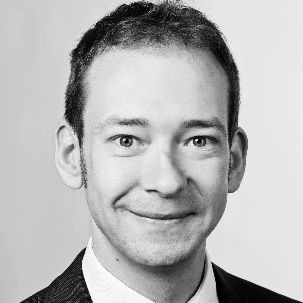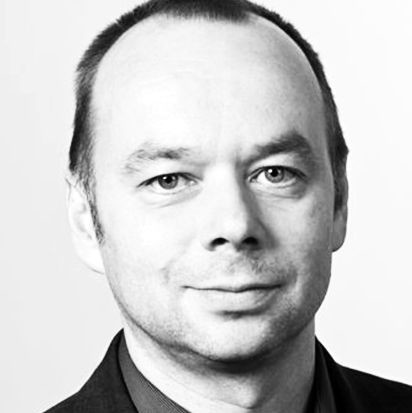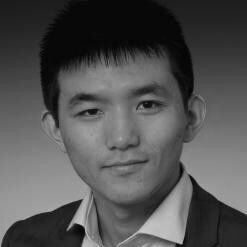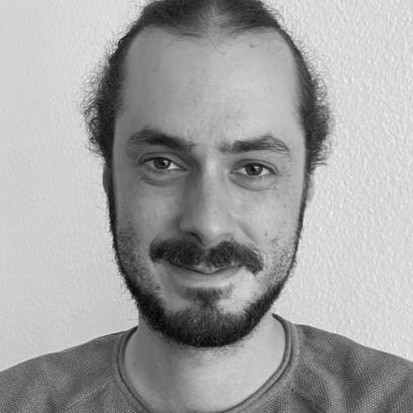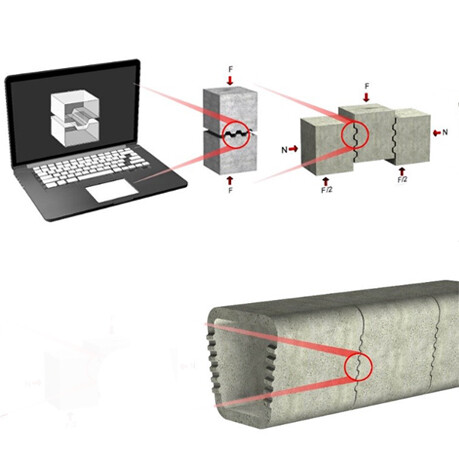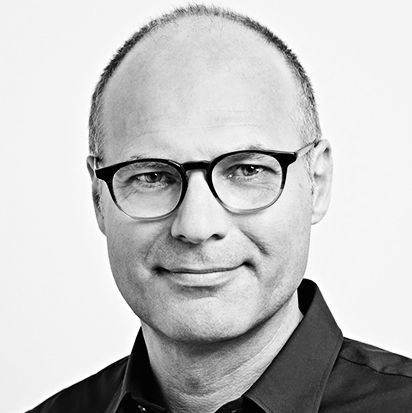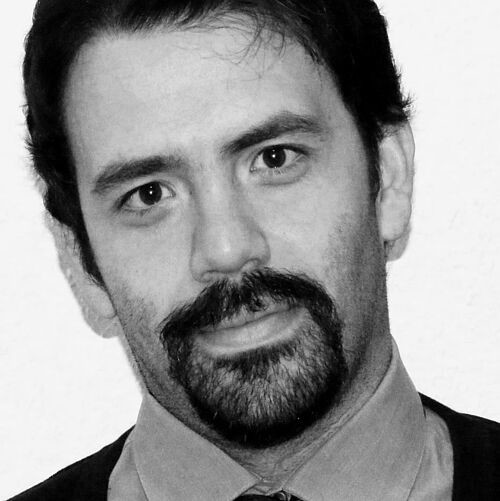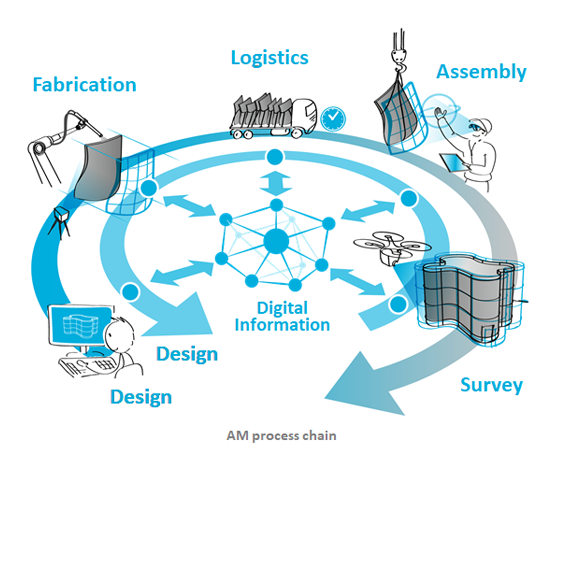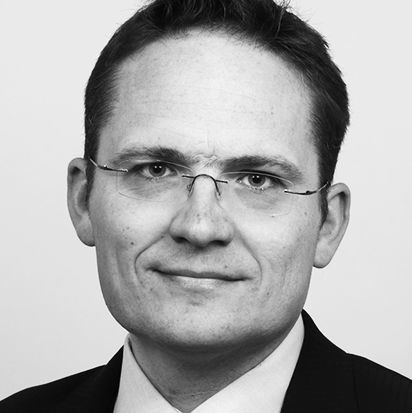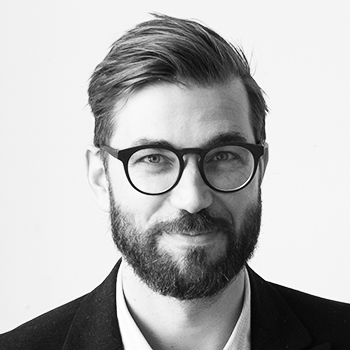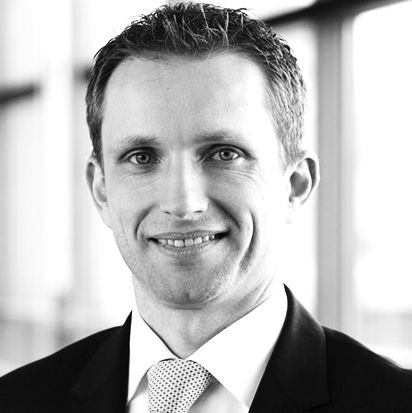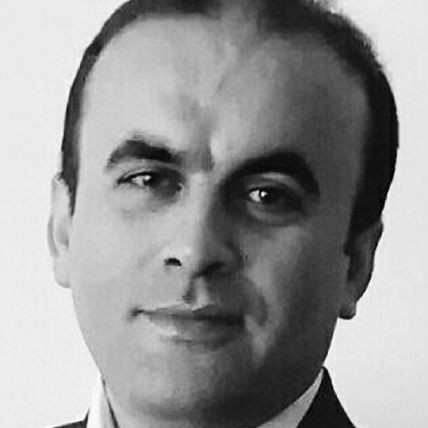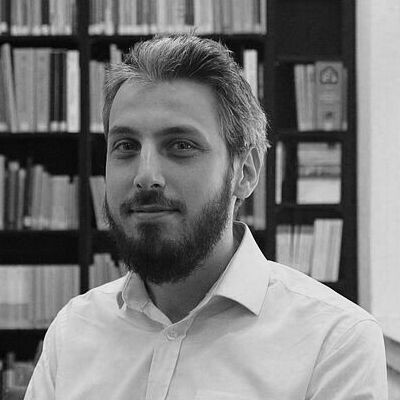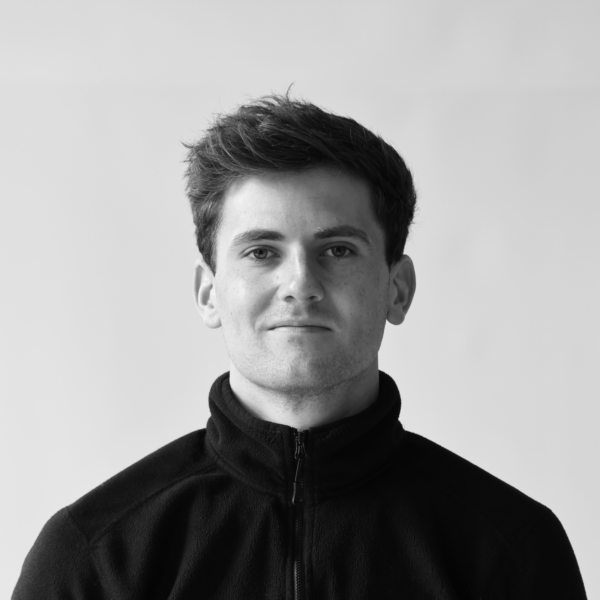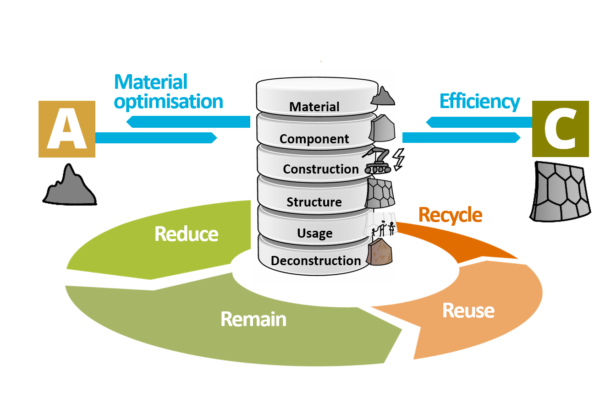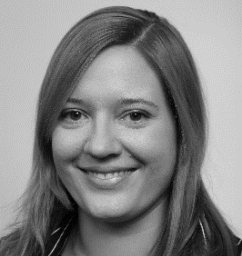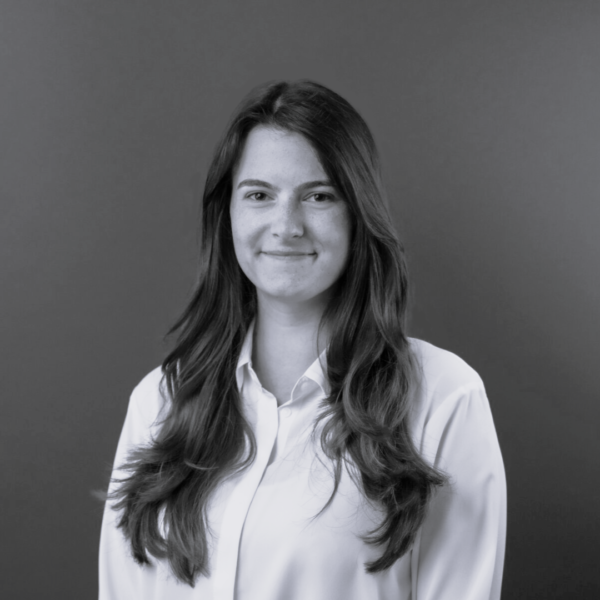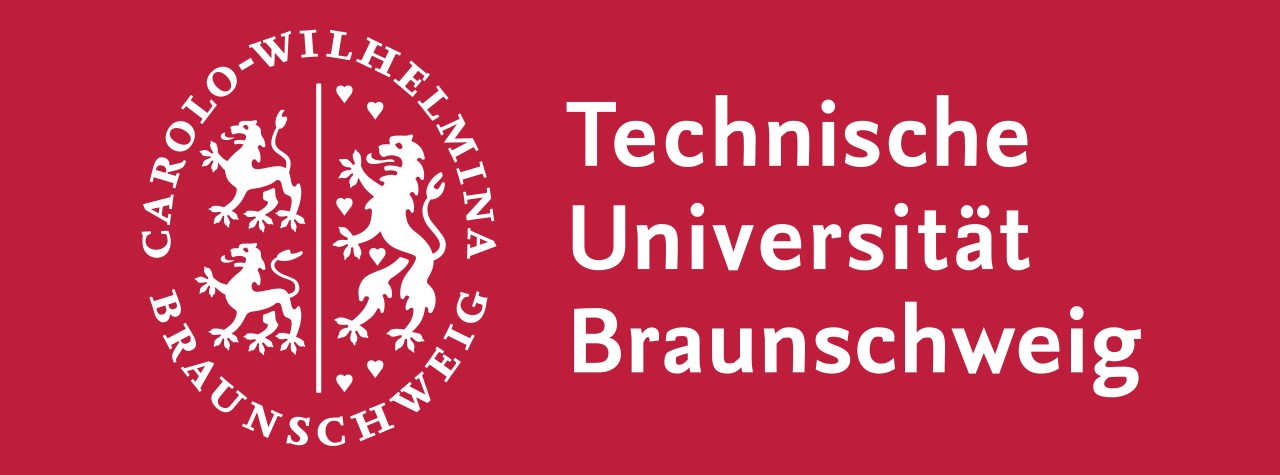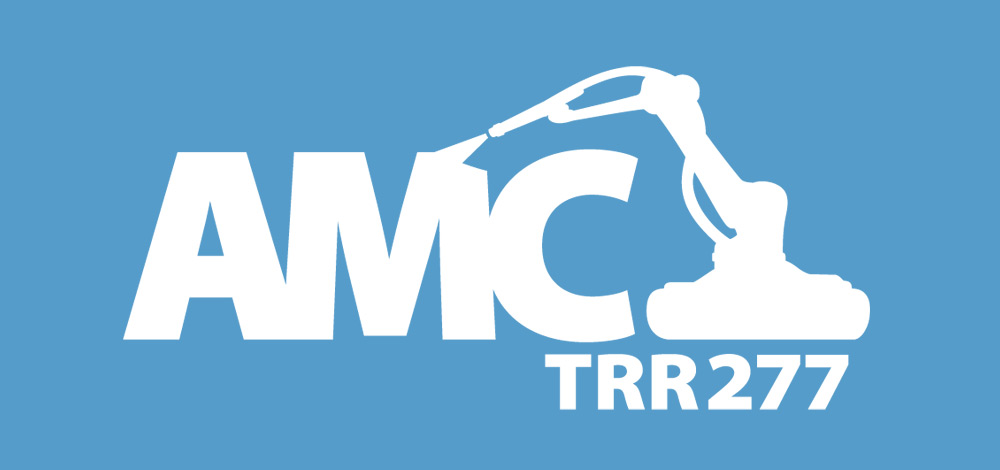Focus Area C
Focus Area C ‘Design and Construction‘ addresses the most important subjects related to the implementation of additive manufacturing in the process chain of design and construction. The interaction between digital models and physical objects forms the methodical relationship within TRR 277 and connects the focus areas A and C. This ‘digital/real relationship’ will be addressed by physical demonstration objects with assigned digital twins (digital/real demonstrators).
This focus area provides feedback to the A projects by investigating novel design techniques and structural optimisation (C01, C02) as well as innovative assembling principles for additively manufactured structural elements (C05).
Project C 03 can be considered as a first attempt to integrate extended functions from the area of technical building equipment, building physics, and energy aspects. This research area will be expanded in the following funding periods.
Any information about building information modelling (BIM) will converge in project C04. The central research question of C04 is the investigation of the seamless digitalization in construction, and especially the clarification of the interface between planning and production. In project C04 the information from all the projects of focus area C meshes.
The effects associated with the implementation of innovative AM processes in the construction industry will be addressed (C06). In this context, the feedback with respect to element configuration and dimensions of the additively manufactured large-scale structural elements, and the fact that constructions are always immovable, are of central importance. The questions of whether a higher degree of prefabrication due to AMC is a suitable goal or whether in-situ production will keep being of major importance in construction will be addressed in this project.
Finally, future job profiles for skilled workers as well as technical regulations in the area of AMC will be investigated in project C07 (associated). This is important for creating the prerequisites for this new technology to be accepted in the construction industry. AMC creates new job opportunities with significantly higher skill levels than traditional construction jobs. Moreover, for the application of additive manufacturing processes in construction practice, the development of adapted technical standards is of essential importance.
Networking with other projects Poster TRR277_C01_Poster_1-DFG-ReviewTRR277_C01_Poster_2-DFG-Review Bridging Scales – From Geometric Part Details to Construction Elements Digital models for AM involve…
Kollmannsberger, Stefan PD. Dr.-Ing. habil.
is Professor at Bauhaus-University Weimar and is Head of the Chair of Data Science in Civil Engineering. He was head of the work group ‘Simulation in Applied Mechanics’ at the Chair of Computational Modeling and Simulation and has a fifteen year-long scientific record in that field. In this project, he is responsible for the development of simulation methods for metal based artefacts.
Project(s)
Material Modelling and Simulation of Deposition AM Processes on the Part Scale
Bridging Scales – From Geometric Part Details to Construction Elements
Bürchner, Tim M. Sc.
Tim Bürchner is a doctoral researcher at the Chair of Computational Modeling and Simulation at the TUM. In his research, he develops efficient, highly accurate and parallelizable methods for computational mechanics. For this purpose, workflows are designed to integrate geometric models of complex AM parts directly into the simulation of building scale models.
Hug, Lisa M. Sc.
is a doctoral researcher at the Chair for Computational Modeling and Simulation at TUM. Her research focuses on developing numerical methods to predict the failure behavior of structures. Specifically, she works on the Finite Cell Method, an embedded domain method that allows the simulation of complex geometries. An important aspect is the integration in high-performance settings to facilitate the…
Oztoprak, Oguz M. Sc.
Oguz Oztoprak is a doctoral researcher at the Chair of Data Science in Civil Engineering at Bauhaus-University Weimar. He conducts research on geometric modelling and simulation of AM parts. More specificaly, he develops efficient and effective mechanical simulation workflows to integrate complex AM parts into building scale models.
Vertex Morphing Applications, SiemensNX PlugIn, Carbody, AeroSpace Shape Opt. Topology Optimization of a Wing Box 3D-Printed Optimized Tensegrity Node, Made of Aluminum and Manufactured using Laser Po…
D’Acunto, Pierluigi Dr. Sc.
is TT-assistant Professor at the Professorship of Structural Design –Technical University of Munich. In his doctoral research the focus is on vector- based 3D graphic statics and design of spatial structures based on the relation between form and forces.
Project(s)
3D Structural Puzzle – Numerical Multi Scale Shape and Topology Optimisation Methods to Additively Manufacture Optimal Structures from Optimised Pieces
Wüchner, Roland Prof Dr.-Ing.
He has been Head of the Institute of Statics and Dynamics at TU Braunschweig since September 2021.
Project(s)
3D Structural Puzzle – Numerical Multi Scale Shape and Topology Optimisation Methods to Additively Manufacture Optimal Structures from Optimised Pieces
Richter, Christiane M. Sc.
Christiane Richter is a research associate and doctoral candidate at the Professorship of Structural Design at the TUM School of Engineering and Design. Under the guidance of Prof. Dr. Pierluigi D’Acunto, she is conducting research within the C02 project. With a solid foundation in structural engineering and expertise in concrete Additive Manufacturing, her primary focus lies in formulating a Holi…
Project(s)
3D Structural Puzzle – Numerical Multi Scale Shape and Topology Optimisation Methods to Additively Manufacture Optimal Structures from Optimised Pieces
Networking with other projects Poster TRR277_C03_Poster_01-DFG-Begutachtung (2)TRR277_C03_Poster_02-DFG-Begutachtung (2) Integration of Passive and Active Functions in Additively Manufactured Construc…
Auer, Thomas Prof. Dipl.-Ing.
is the head of the Chair of Building Technology and Climate Responsive Design at TUM. As such, the core focus in teaching and research is a holistic design approach for buildings in consideration of sustainability and energy-efficiency. He guides scientific personnel within research projects on the application of simulation-software as planning instrument for the numerical calculation of thermal, lighting and flow specific processes. These insights with practical relevance can be made in the fields of thermal comfort, energy consumption and daylight supply. In research, the chair is conducting several projects with various sources of funding from public or private sector, on state, federal and European level.
Project(s)
Integration of Passive and Active Functions in Additively Manufactured Construction Elements
Briels, David M. Sc.
is a doctoral researcher and research associate at the Chair of Building Technology and Climate Responsive Design at TUM. Under the lead of Prof. Thomas Auer he conducts the research activities within C03. In particular he is developing a building simulation framework for a performance-based parametric design process, integrating passive and active functions in AM construction elements.
Project(s)
Integration of Passive and Active Functions in Additively Manufactured Construction Elements
Nouman, Ahmad M. Sc.
is a research associate at the Chair of Building Technology and Climate Responsive Design. The doctoral researcher focuses on decentralizing the active strategies to minimize energy consumption and improve thermal and visual comfort in built environments. He shares all responsibilities in the context of C03 essentially, modeling the simulations and designing experiments to develop additive manufac…
Project(s)
Integration of Passive and Active Functions in Additively Manufactured Construction Elements
Networking with other projects Poster TRR277_C04_Poster_1-DFG-Begutachtung TRR277_C04_Poster_2-DFG-Begutachtung Integrating Digital Design and Additive Manufacturing through BIM-Based Decision Support…
Borrmann, André Prof. Dr.-Ing.
acts as co-lead in project C04. He is responsible for leading and guiding WP2 and WP 3 and parts of WP 4. He is also responsible for coordinating the collaboration with other projects. He leads the doctoral researcher in the design and implementation of the virtual common research environment. He is responsible for the coordination of the projects in the TRR 277 and the coordination with the Leibniz Supercomputing Centre (LRZ).
Project(s)
Integrating Digital Design and Additive Manufacturing through BIM-Based Decision Support and Digital Twin Methods
Petzold, Frank Prof. Dr.-Ing.
acts as co-lead in this research project. He is responsible for leading and guiding WP1 and parts of WP 4. He is also responsible for coordinating the collaboration with other projects. He leads the doctoral researcher in the design and implementation of the research data management & publication platform. He is responsible for the coordination of the research projects in the TRR 277 and the coordination with the University Library of the Technical University of Munich.
Project(s)
Integrating Digital Design and Additive Manufacturing through BIM-Based Decision Support and Digital Twin Methods
Li, Chao M. Sc.
His task is to develop a DDSS at a early design phase integrating AM. The expected system needs to combine both hard rules (boundary conditions) and experts’s experience, in order to advise the designer (architect) for feasible AM methods regarding to different building components.
Project(s)
Integrating Digital Design and Additive Manufacturing through BIM-Based Decision Support and Digital Twin Methods
Slepicka, Martin M. Sc.
is developing a data structure and corresponding methods (WP 2) that enable a closed chain between digital design (e.g. BIM) and digital manufacturing (mainly Additive Manufacturing). For backwards communication of “as-built” information during and after a manufacturing process, digital twin methods are incorporated into the developed FIM system (WP 3).
Project(s)
Integrating Digital Design and Additive Manufacturing through BIM-Based Decision Support and Digital Twin Methods
Demonstrator Experimental Testing Specimens for compression strength analysis of dry joints Roughing and finishing tool along with the simulation of the C4 CNC process Evaluation of the 3D geometrical…
Empelmann, Martin Prof. Dr.-Ing.
instructs the research engineer at iBMB in the conceptual structure, execution and evaluation of the theoretical, experimental and numerical research work.
Project(s)
Jointing Principles for Combination of Concrete Elements Produced by Different Additive Manufacturing Processes
Kloft, Harald Prof. Dr.-Ing.
leads the scientific staff in the orientation and execution of the design process creation and supports them in an advisory capacity in the creation of test geometries and demonstrators. He is responsible for the content and organisational coordination of all work on the part of ITE. He instructs the research engineer at ITE in the conceptual structure, execution and evaluation of the theoretical and experimental research work. He is the spokesperson of the TRR 277.
Project(s)
Integrated Additive Manufacturing Processes for Reinforced Shotcrete 3D Printing (SC3DP) Elements with Precise Surface Quality
Wire and Arc Additive Manufacturing (WAAM) of Complex Individualized Steel Components
Earth Additive Manufacturing (EAM) – Material and Process Combinations for AM with Earth-based Materials
Jointing Principles for Combination of Concrete Elements Produced by Different Additive Manufacturing Processes
Central Tasks of the AMC
Baghdadi, Abtin Dr.-Ing.
is a research associate at Institute of Structural Design (ITE) of TU Braunschweig. He is responsible for experimental, theoretical and numerical research work as well as for the coordination of the cooperations within the SFB.
Project(s)
Integrated Additive Manufacturing Processes for Reinforced Shotcrete 3D Printing (SC3DP) Elements with Precise Surface Quality
Jointing Principles for Combination of Concrete Elements Produced by Different Additive Manufacturing Processes
Program Networking with other projects Poster TRR277_C06_Poster_1-DFG-Begutachtung TRR277_C06_Poster_2-DFG-Begutachtung Integration of Additive Manufacturing in the Construction Process The introducti…
Gerke, Markus Prof. Dr.-Ing.
will instruct the other doc. researcher in the fields of surveying, scanning and machine learning. A particular task will be the coordination of participants involved with this and other projects.
Hack, Norman Dipl.-Ing. M.A. AA
is supervising ITE`s requested doctoral researcher during all phases of the research. Additionally, he is actively involved in the conceptual phase, developing reinforcement concepts for the different AM methods.
Project(s)
Integration of Individualized Prefabricated Fibre Reinforcement in Additive Manufacturing with Concrete
Injection 3D Concrete Printing (I3DCP) – Material Efficient Lightweight Reinforced Concrete Structures Based on Spatially Complex Strut-and-Tie-Models
Integration of Additive Manufacturing in the Construction Process
Schwerdtner, Patrick Prof. Dr.-Ing.
is superviser of project C06 and leads one of the Doc. researchers especially concerning the selection and assessment of parameters and the basic layout of the process analysis. His expertise is used to develop (new) process models and innovative delivery approaches in the later phase. He is also responsible for the overall coordination of project C06 and the projects belonging to different Work Programmes ( 1.1, 2.1 and 3.).
Maboudi, Mehdi Dr.-Ing.
is an associate researcher at the IGP and will help with supervision of one of the doctoral researchers. His expertise in computer vision, scanning technologies and implementing deep learning methods will be used in this project.
Mawas, Karam M. Sc.
Doctoral researcher at IGP: The researcher Will Provide an inspection process chain utilizing new digital tools to perform the quality inspection of the as-built model of AMC products (mainly concrete) with its digital twin on the component level. Moreover, the next focus would be building scale monitoring of the construction site and establishing accurate coordinate systems to support the positio…
Placzek, Gerrit M. Sc.
Doctoral researcher at IBB: The doc. researcher will perform a cross-sectional role and work closely with both the other doc. researchers in C06 and on all the other projects mentioned in order to investigate fundamental AM processes and their construction-operational parameters. He will extend the basic knowledge of AM processes through the analysis of AM produced components. Furthermore, he will…
Tesche, Julian M. Sc.
is a doctoral researcher at the Institute of Structural Design (ITE) at TU Braunschweig. In project C06, he is working closely with the Digital Construction Site to develop integrated computational design and fabrication strategies for Additive Manufacturing in cyber-physical systems. Furthermore, he will apply these strategies in a multi-member workflow and realize them on a 1:1 scale in collabor…
Networking with other projects Poster TRR277_TPC09_230601_Poster FP2_Begutachtung_FINAL Environmental Life Cycle Assessment – Determination of Ecological Sustainability Potentials by AMC Additiv…
Thiel, Charlotte Prof. Dipl.-Ing.
is Professor of „Construction Materials “ at Regensburg University of Applied Sciences. She is Head of Concrete Laboratory and Head of Construction Materials Laboratory. Furthermore she coordinates all scientific and organisational work regarding testing and material modelling.
Project(s)
Environmental Life Cycle Assessment – Determination of Ecological Sustainability Potentials by AMC
Albrecht, Sophie Viktoria M. Eng.
Is a doctoral researcher at the faculty of civil engineering at the OTH Regensburg. She is responsible for the environmental Life Cycle Assessment of additive manufacturing techniques in construction. Furthermore, the researcher will establish a database for the environmental footprint of additive manufactured materials as well as methods, components and structures using AMC.
Project(s)
Environmental Life Cycle Assessment – Determination of Ecological Sustainability Potentials by AMC

